For more than 120 years, one organization set the pace for childcare and the treatment of children throughout Omaha. People saw this organization as the city’s leading conscience regarding children, and they revered its role throughout the community for decades. When they closed, this 127-year-old organization was the oldest nonprofit in Omaha history and the first charitable nursery. This is a history of the Omaha Crèche.
Founding a Legacy

“We aim to help poor women, by strengthening their hands to work–not by filling them with gifts; and to make homes possible by supplementing them–not by taking their places. That is what Day Nursery works means.”
-Mrs. Mary Kimball in the Omaha World-Herald, February 6, 1888
In an era where poverty affected the majority of working people, Omaha’s upper class often looked down on the needs of these families. However, before anyone else in the city one group of women established a daycare for working class children, and it was called the Crèche, a French word for a a nursery where babies and young children are cared for while parents work.
The Omaha Creche was founded in 1887 as a daycare for the children of single, working parents. It was the first charitable daycare in Omaha, and was noted for a lot of reasons.
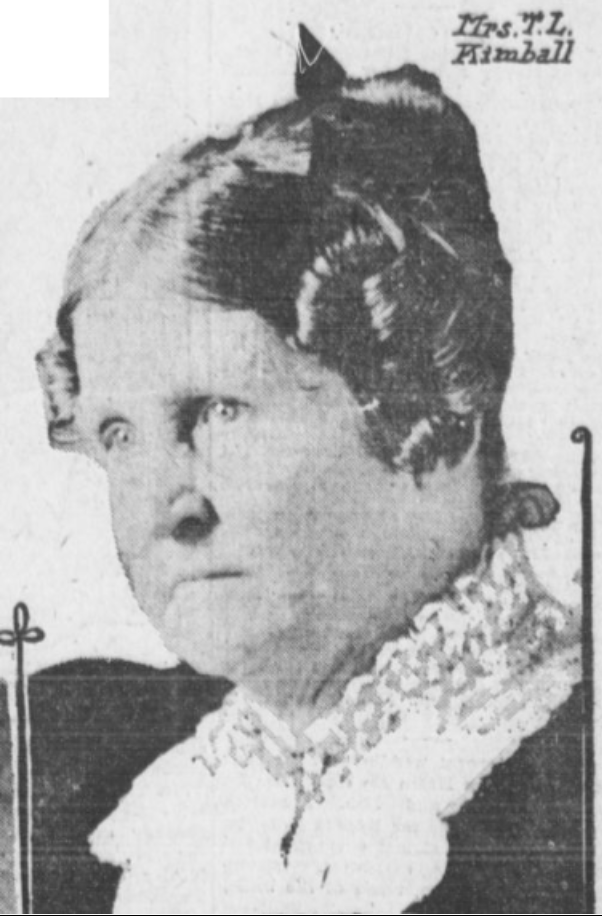
The organization was later changed into a boarding home for children where they took children as boarders for $1.25 per week, and later it became a regular orphanage.
A 1900 newspaper report said the facility hosted 28 children since the time it was founded. Patrons were mostly “young mothers or widowers who could only find low-paying jobs such as waitressing, clerking, or working in factories. These types of jobs often required that the children’s parents work unusual hours, making it difficult for them to care for their little ones at night.”
Throughout its earliest years, public reports treated the organization kindly. An 1890 newspaper article called it a “plucky little institution” and said “It helps unfortunate people and does not pauperize them.” Newspapers also praised the people involved and their charity towards the people they were helping.
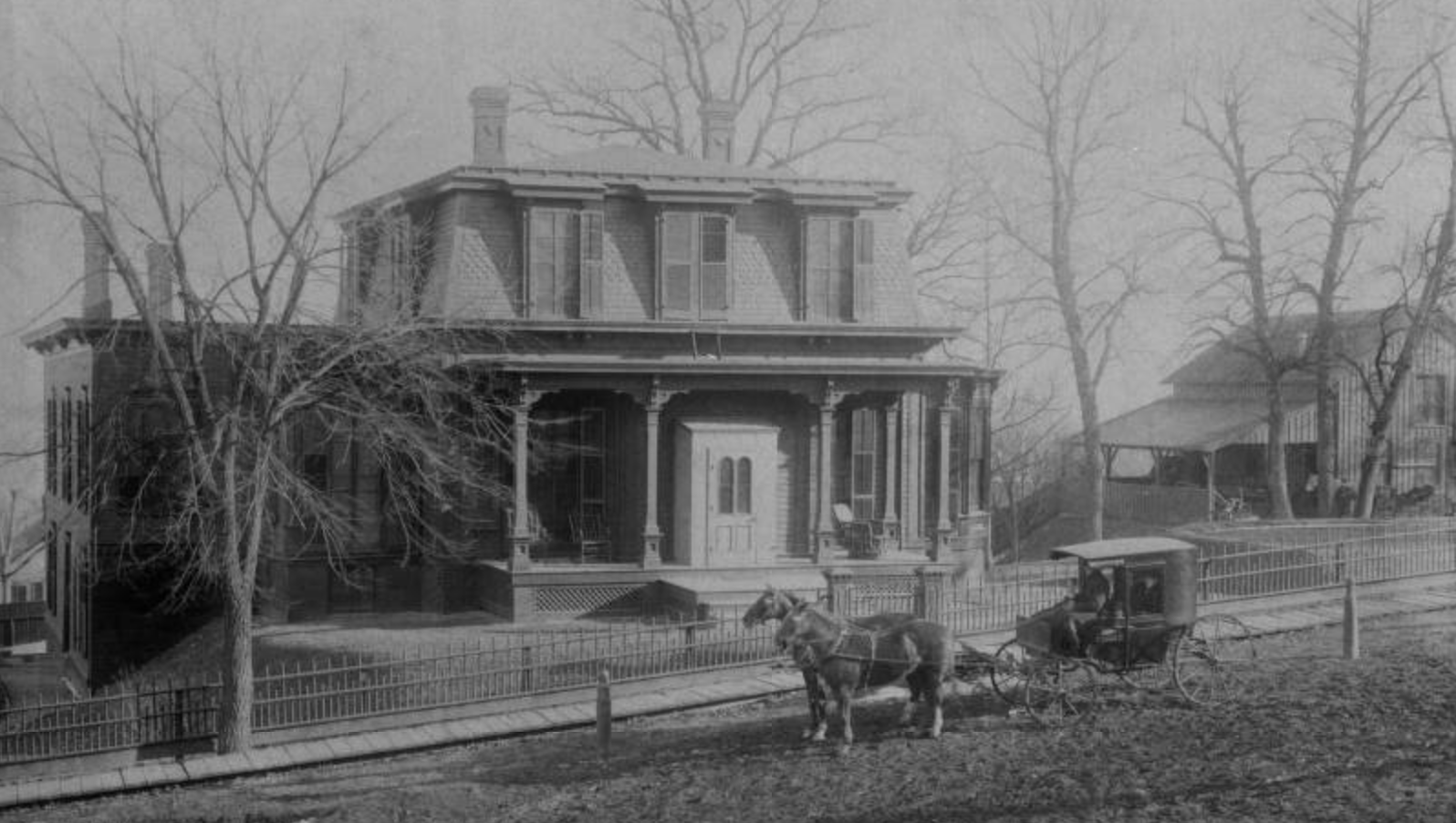
Mrs. Mary Porter Kimball (1831-1930), the wife of Thomas Lord Kimball (1831-1899) and mother of Thomas Rogers Kimball (1862-1934), was the first president of the Crèche, which was founded by a group of women from the Omaha Unity Club. The board members were Omaha elite, and included wives of many of the city’s leading capitalists.
However, those roots didn’t make the organization automatically successful. By 1896, a newspaper article reported that “Treasurer’s figures show that hard times have affected the finances of a practical charity.” A later report struck a similar tone saying, “The Creche has sometimes been hard-pressed to provide for the children. There is no definite income. The institution depends upon voluntary contributions. The ladies of the board do their work very quietly. They love the labor of providing a home-like place for these little ones, and only regret that they cannot care for more.”
During the earliest era of the Crèche, reporter Ellie Peattie covered the organization frequently for the Omaha World-Herald. Her angle included hyperbolizing the extend of suffering by children in the Crèche, as well as the abilities of the women who worked there being saviors and godsends.
From 1887 to 1907, the original home of the Crèche was at 19th and Harney Street. In 1907, the Crèche moved into Thomas L. Kimball’s former home at South 7th and Pierce Streets. In 1914, Mrs. Kimball donated her home at 1223 Park Wilde Avenue and stayed there until 1929.
Moving South

It wasn’t that they never had money though. In 1903, Jonas L. Brandeis (1835-1903), founder of the iconic Omaha department store, left a considerable amount of money to the Crèche in his will, like Anna Wilson (1835-1911), the notorious madame, who gave money to the Crèche throughout her life and bequeathed them money in her will when she died in 1911. Mrs. Kimball’s son, popular Omaha architect Thomas Rogers Kimball, continued giving money to the Crèche after his mother died.
In 1929, the Crèche moved into the former Arthur Crittenden Smith Mansion at 1303 Park Avenue.

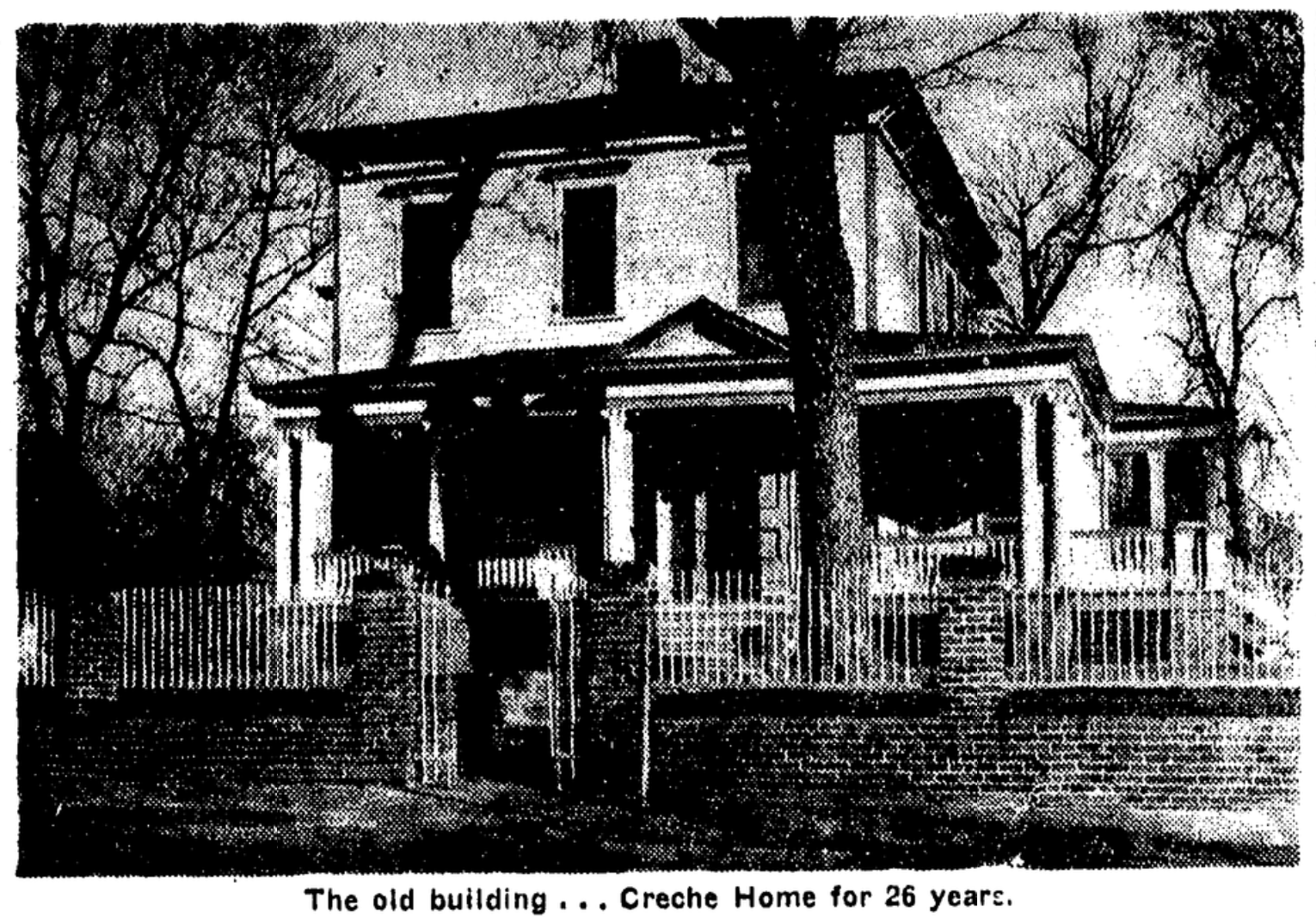
The organization started promoting that “it does a lot with a little,” and it’s supporters built its reputation on that promise. During the Great Depression, they fed the kids for half the cost welfare workers thought it would take, and continually provided medical and dental care, recreational needs, clothing and salaries for the staff of six.
In the late 1940s though, the organization’s facility was condemned by the Omaha Fire Department, cited for having more than 30 fire hazards throughout the rambling old mansion. They were allowed to stay in the building as long as they had weekly fire drills to ensure the childrens’ safety.
Moving North

The Crèche finishing building a new facility near Benson at 3173 North 52nd Street in 1949. Announced in 1948, local architect James T. Allen designed the new building. Funded by donations from business tycoon Carl A. Swanson (1879-1949) and an anonymous donor, the new building at North 52nd and Pratt Street was promoted as being fireproof. It was built to house 40 children instead of past limit of 28.
1948 newspaper report said, “Crèche children attend the nearest Sunday School. The boys go to the YMCA for swims, have tool chests and benchwork in a basement room if they are inclined to putter with tools. The Crèche has a harmonica band. Children can take piano or violin lessons if they show aptitude. They are permitted to attend playmates’ birthday parties, or visit other children, when invited.”
By the late 1950s, the organization was the oldest in Omaha.
In 1967, the Omaha Public Schools opened a summer enrichment program at the Crèche, and the Crèche became the Crèche Child Care Center in 1970.
Closing and Legacy
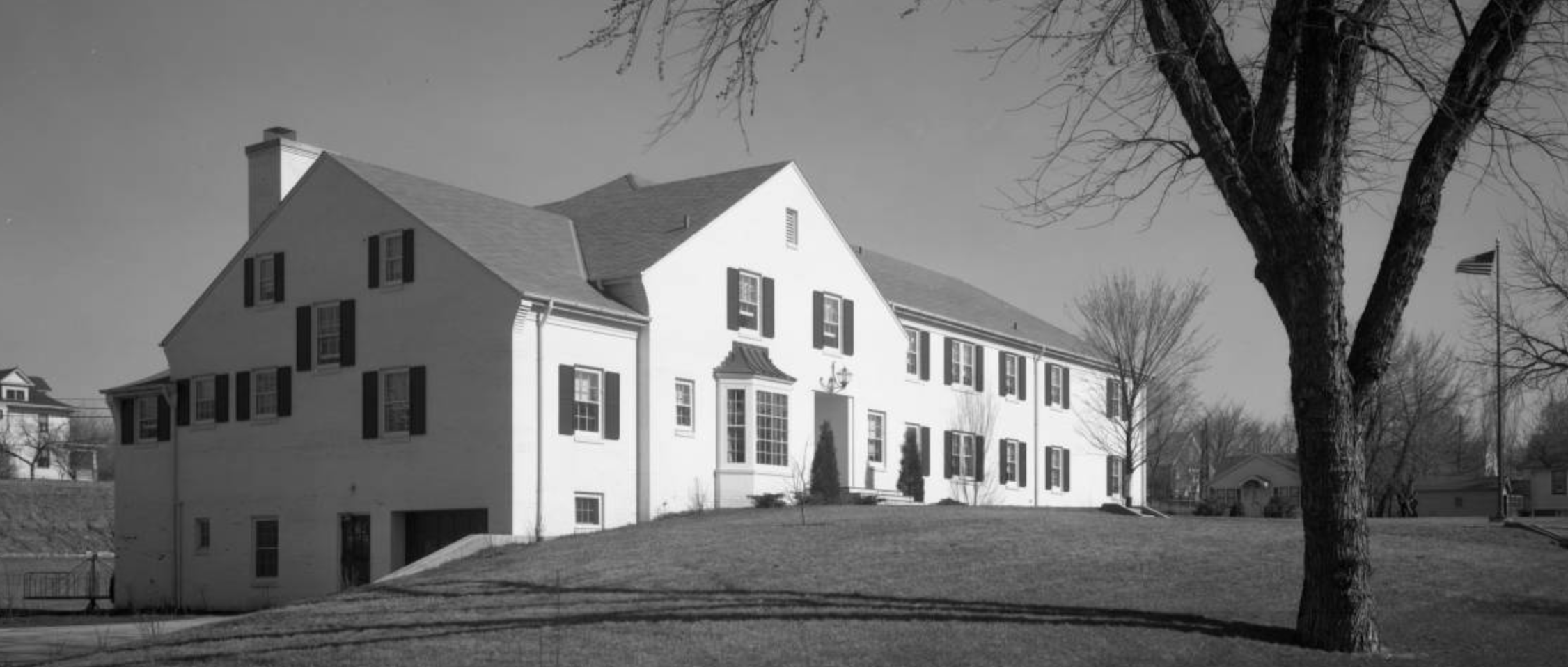
In 2014, Omaha’s oldest nonprofit closed its doors permanently. Donating the remainder of their funds to the Omaha Community Foundation, a fund was started in their name that continues today.
That year, the Montessori Parents’ Co-op for Children moved into the former Crèche at North 52nd and Pratt Street. The building was not included in the 2002 Reconnaissance Survey of Selected Neighborhoods in Omaha, Nebraska Nebraska Historic Buildings Survey focused on Benson.
While their last home has been preserved in service to children by becoming a school, the building has not been listed on the National Register of Historic Places or named as an official Omaha Landmark by the City of Omaha Landmark Heritage Preservation Commission. There are no plaques explaining the Crèche’s illustrious history, and the city has almost forgotten their impact.
Hopefully in the future we will remember the Crèche’s history.
Omaha Crèche Timeline
- 1887—The Crèche was founded and opened at 19th and Harney Street
- 1907—The Crèche moved into Thomas L. Kimball’s former home by South 7th and Pierce Streets at 1223 Park Wilde Avenue
- 1929—The Crèche moved to the former Arthur Crittenden Smith Mansion at 1303 Park Avenue
- 1949—The Crèche moved into a brand new building at 3173 North 52nd Street
- 2012—The Crèche Child Development Center contracted with another organization to running their facility
- 2014—The Crèche closes permanently, and the Montessori Co-Op School opened in its former building
You Might Like…
- A History of Streetcars in Benson
- A History of the Nebraska School for the Deaf
- A History of the Oakview Home for Negro Boys
Elsewhere Online
- Creche Childhood Education Fund, Omaha Community Foundation official website
- “Montessori school finds new home in Benson” by Julie Anderson for the Omaha World-Herald on June 28, 2014


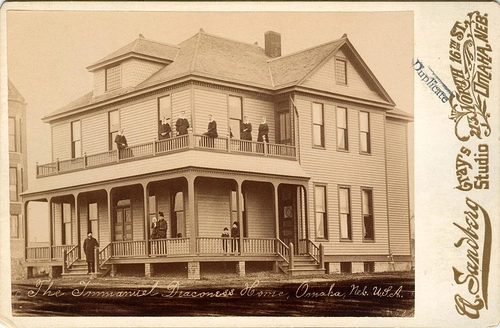

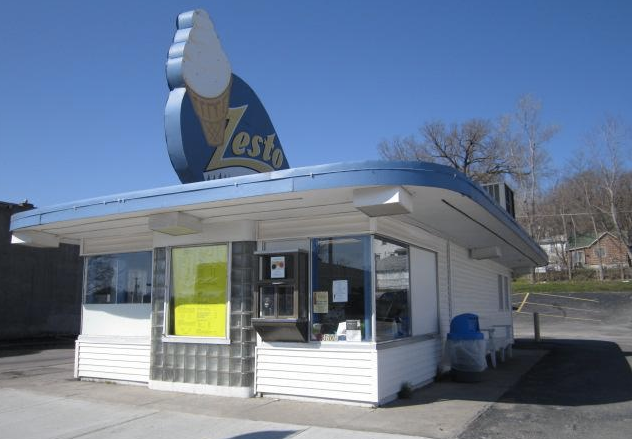
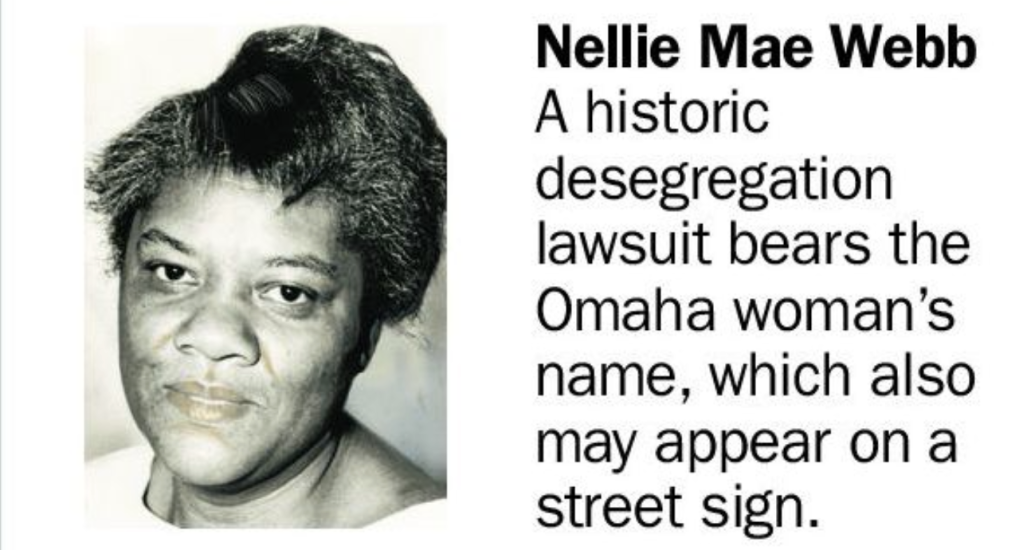
Leave a comment